Spider Plants (Chlorophytum comosum), or also known as Airplane Plants, are hardy plants with long, green and white-striped leaves which make them a popular houseplant.
There are several variegated Spider Plants and not all of them have dark green leaves—some have lighter colorations on their foliage.
Spider Plants will become pale in color and limp, or worst, have dead leaves when there are improper lighting conditions, unmet fertilizer requirements, or inappropriate watering.
- Related article: How to Care for a Spider Plant in the Winter
We’ll take a deeper look at the common Spider Plant problems then provide some solutions and essential Spider Plant care to keep your them looking as green and lively as ever!
1. Excessive Light
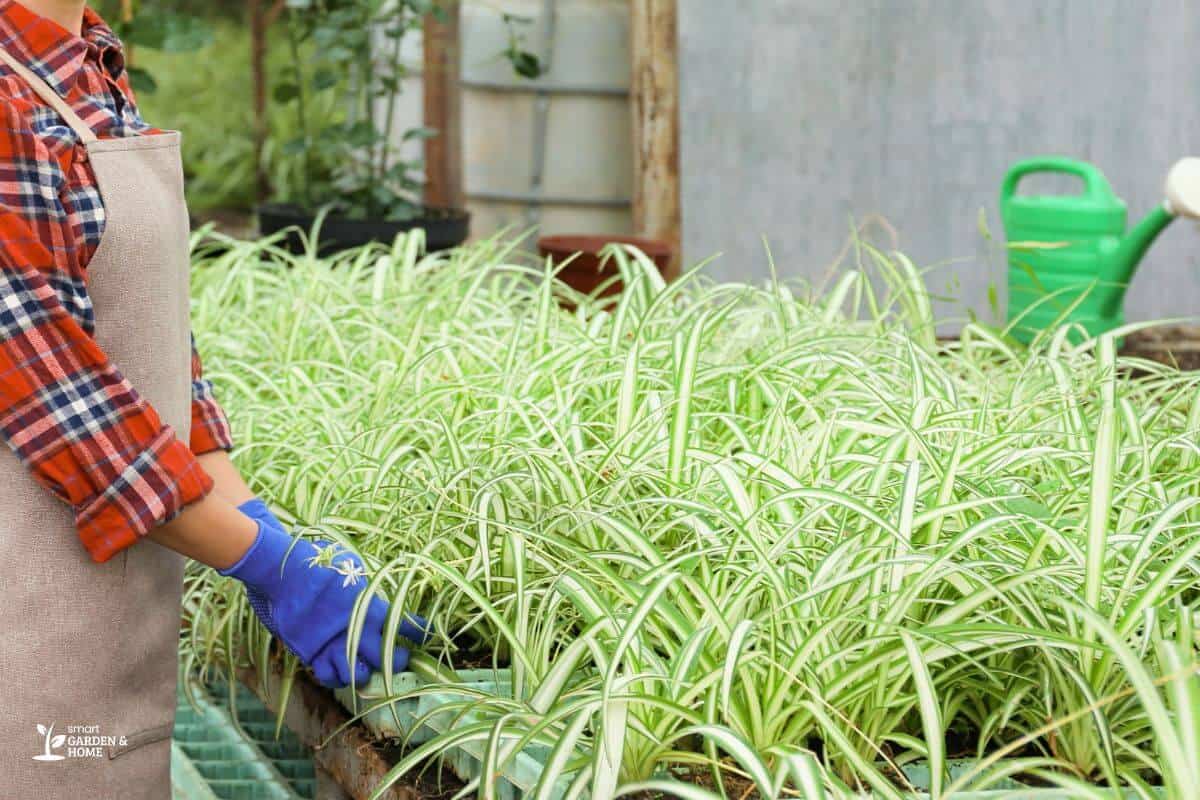
You may have heard that indoor plants need sunlight to photosynthesize and subsequently left your Spider Plant outside in the sun to catch direct light all day.
Your Spider Plant won’t immediately show any discoloration but over a period of time, its leaves will begin to turn white and droop towards the floor.
Spider Plants need bright, indirect light for its beautiful, green leaves to grow and remain healthy. However, the harsh afternoon sunlight will damage the leaves of your Spider Plant.
Protect the foliage of your Spider Plants by keeping them away from direct sunlight.
If any leaves on the plant have been sun-damaged, gently remove them.
2. Insufficient Light
Spider Plants are tropical plants that need 6-8 hours of light per day, but make sure that it is bright, indirect sunlight in order to keep their foliage exuberant and colorful.
Lack of light exposure leads to stunted growth and causes the plants to become pale and lose their green color over time.
The level of light necessary for a plant can vary depending on the season, and a bright spot with plenty of light in the summer months may not be suitable in the winter months.
The changing seasons affect the angle of the sun and the amount of sunlight for plants decreases.
Spider Plants are able to tolerate brief periods of morning sunlight before they need to be moved into a shaded area. Find an area in your home or office that receives bright light all year long.
If you are struggling to find an area in your home or office that offers suitable lighting for your Spider Plants, consider placing your plants under artificial light, such as T5 fluorescent grow light.
3. Poor Fertilizer
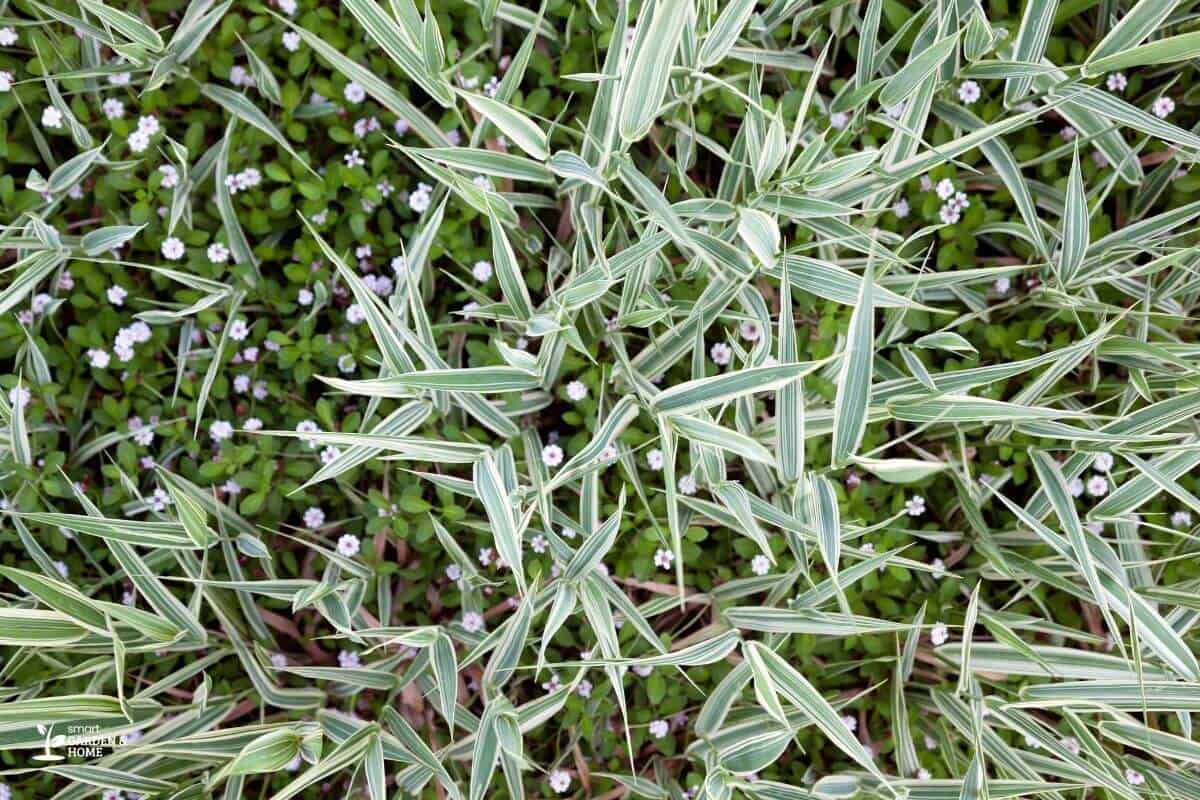
Plants are provided with sustenance through nutrients in the soil to keep them having healthier roots.
Over a period of time, the nutrients need to be restored by adding organic fertilizer to the fresh soil.
Beginner indoor gardeners often forget to frequently add fertilizer to the soil, leaving their favorite plants malnourished.
If your originally-beautiful plants are restricted from absorbing their daily nutrient intake, it will cause them to become scrawny, underdeveloped, and discolored.
Feeding your Spider Plants on a regular basis is a necessity as these plants have quite an appetite and need to be fed twice a month during the spring to the summer period.
When temperatures begin to plummet, Spider Plants will require less fertilization.
Some types of fertilizers that provide a balanced diet for Spider Plants are all-purpose liquid fertilizers or a balanced 20-20-20 NPK fertilizer.
If you aren’t sure about the right contribution of fertilizer or the correct dosage for your plants, look at the back of the packaging for instructions and a feeding guide.
4. Underwatering
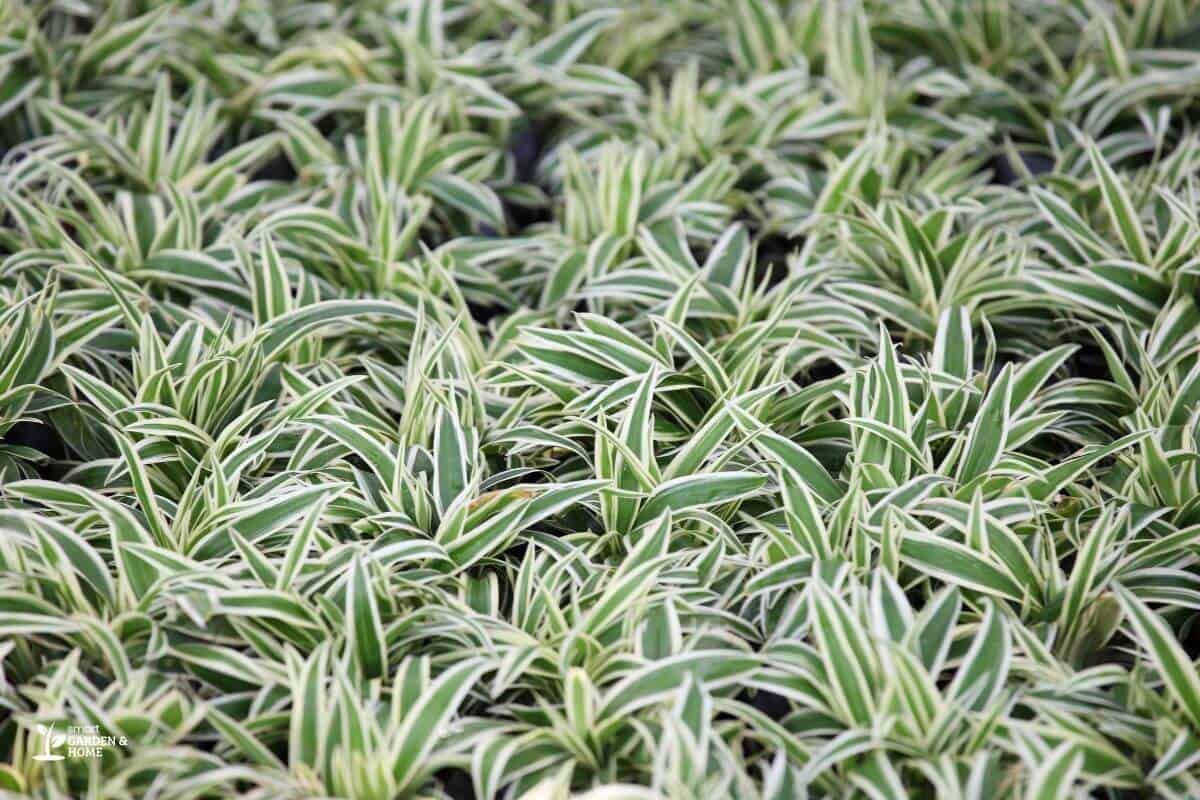
Spider Plants need to be watered between one or two times a week.
If you frequently forget to water your Spider Plants, the soil will dry out and their leaves will become limp, lose coloration, and turn brown.
For optimal care of your Spider Plant, it is recommended to thoroughly water it after the soil has completely dried out.
To aid in the quick recovery of your plant, it is recommended to allow any excess water to drain from the sides of the plant pot.
Following a consistent watering schedule will prevent your Spider Plants from drying out.
When the surface of the soil becomes dry, it is necessary to water your plants. If the soil is frequently drying out, the addition of mulch can enhance the water retention properties of the soil.
5. Overwatering
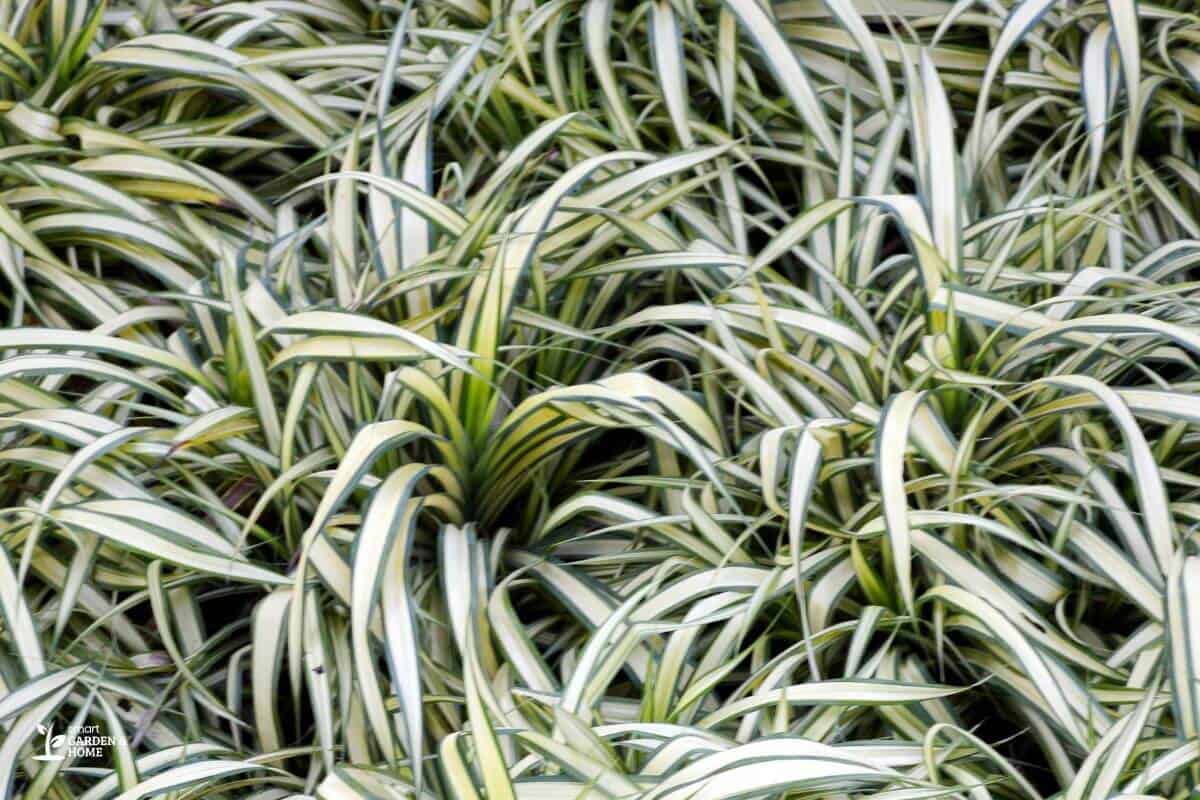
As we mentioned above, it is essential to frequently water your plants. However, when watering your plants, don’t get carried away and overwater them.
The roots of a Spider Plant are susceptible to root rot, which is caused by overwatering and poor drainage in the soil.
The leaves of a Spider Plant will begin to become pale and limp if the roots of the plant are infected with root rot.
A telltale sign of root rot is brown spots on the leaves of your Spider Plants and a foul smell emanating from the soil.
Regularly check your pot with drainage holes to ensure that the excess water is able to run out.
An effective method to prevent your Spider Plants from being overwatered is to replace your soil with coco coir.
6. Inadequate Humidity Levels
Improper humidity levels can cause pale Spider Plant leaves.
Spider Plants thrive in an environment with plenty of humidity, and if the air in your home is too dry, your plant may suffer.
Insufficient levels of moisture can result in the discoloration of leaf tips, which may turn yellow or brown and can also cause the foliage to appear faded and washed out.
To ensure the ideal humidity levels for Spider Plants, options such as purchasing a humidifier, grouping plants together, or placing a tray of water nearby can be considered to give a boost in humidity.
7. Infestation of Pests
Spider Mites, Mealybugs, and Scale Insects are common pests that can damage spider plants by sucking the sap from the leaves, causing them to turn yellow or pale.
An infestation of Spider Mites can cause a Spider Plant’s leaves to become discolored, speckled, and dry.
Regularly inspect your Spider Plant for signs of household pest infestations, such as webbing, sticky residue, or white, fluffy patches, to prevent damage from pests.
To address any presence of pests, it is recommended to promptly apply insecticidal soap or oil, or manually extract them from the foliage using a cotton swab saturated with rubbing alcohol or soapy water.
8. Temperature Issues
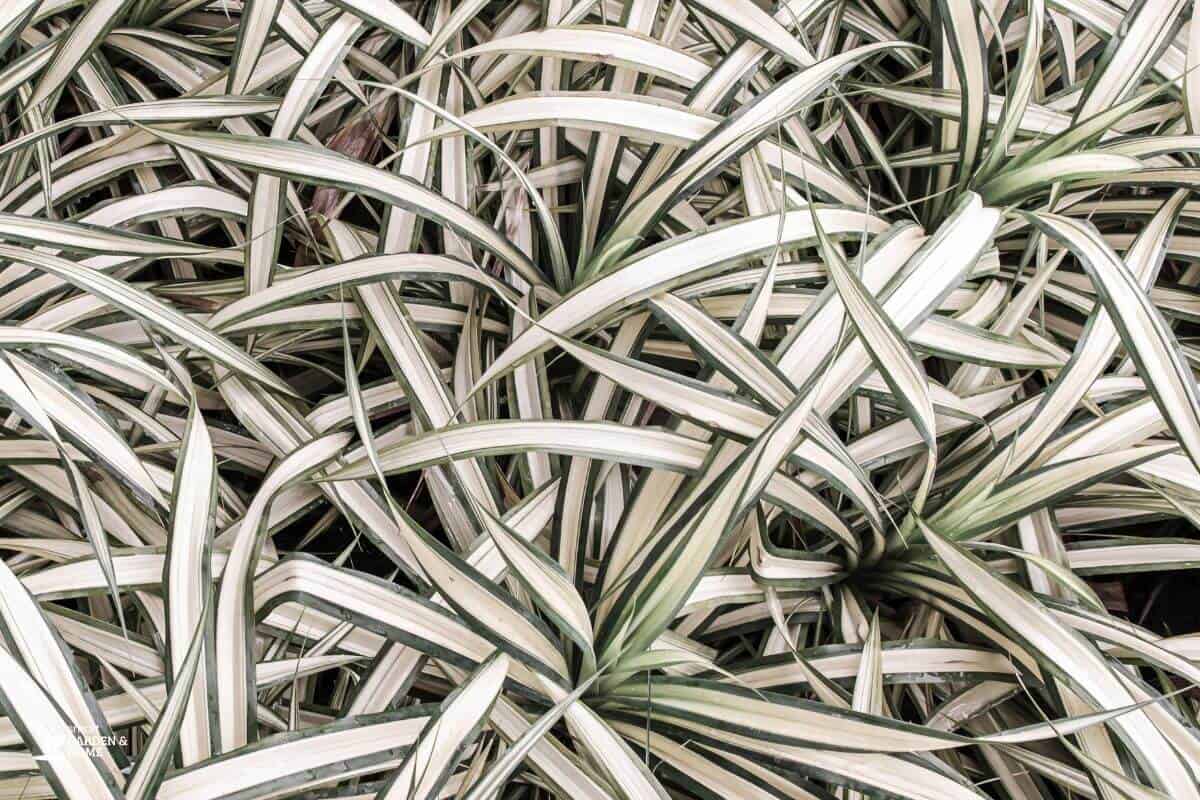
Temperature can also cause Spider Plant pale leaves. Spider Plants are tropical plants that have an ideal temperature between 60 and 80°F.
If the temperature in your home drops too low, especially below the temperature range of 55°F, or if it has frequent sudden temperature fluctuations, this can cause the plant’s leaves to turn pale or yellow.
Spider Plants don’t like cold drafts and being placed near doors or windows that let in cold air can also cause their leaves to discolor.
To help your Spider Plant maintain its healthy green color, keep it in a location that stays consistently warm, away from cold drafts or temperature fluctuations.
If necessary, move your plant to a warmer location in your home or add a heat mat to provide additional warmth.
Final Thoughts on Pale Spider Plant Leaves
Spider Plants, also known as Airplane Plants, are commonly selected for indoor gardening because they are durable and low maintenance.
It is important to monitor the beautiful foliage of your plant and take note of any changes such as pale or yellowing of leaves.
This sign may be attributed to various factors, including potential nutrient deficiencies, light exposure, or pest presence.
By providing adequate drainage, ensuring proper lighting conditions, and fertilizing regularly with high-quality plant food, you can help your Spider Plant thrive and maintain its vibrant green color.
Don’t let pale leaves put a damper on your indoor gardening experience—take action and keep your healthy Spider Plant happy!
Take a look at these interesting reads to know more facts about Spider Plants:
- Does the Spider Plant Attract Spiders
- Why Is My Spider Plant So Leggy
- What Does an Overwatered Spider Plant Look Like
- Spider Plant Leaves Curling
- Spider Plant Disadvantages
Sources:

